I've noticed in a few production-grade schematics that the toggling power ON/OFF switch with a (normally open) pushbutton is frequently realized with two ICs, namely:
- single Schmitt-trigger inverter
- single positive-edge-triggered D-type flip-flop.
This approach is also used in TI's "Electric Toothbrush Controller Reference Design":
I wonder, is this design really preferable for consumer products or is it just a random choice by a subset of electrical engineers? If it actually is beneficial, what makes it better than other approaches (like using dual inverter, for example)?
(To give you some context, I'm not an electrical engineer myself and was just looking for a widely accepted low-power design I could quickly assemble on a breadboard, as well as put inside a consumer product eventually.)
